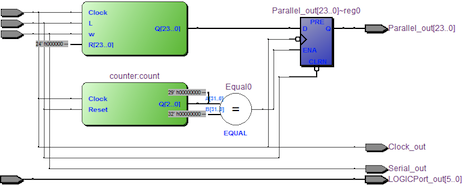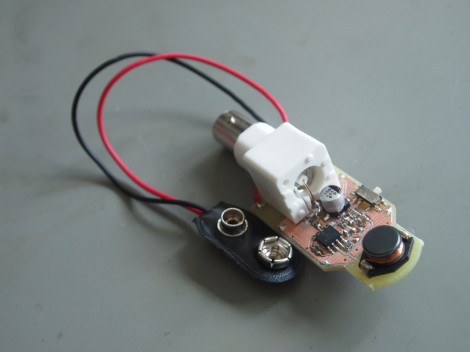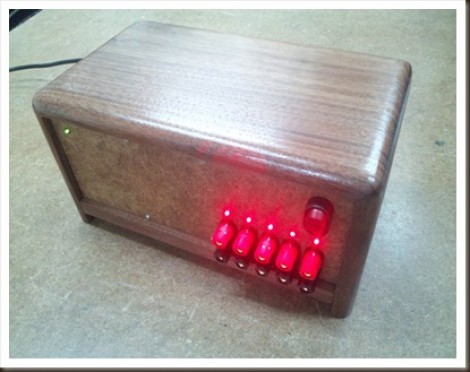
If you’re attempting to debug a serial bus with a bare-bones logic analyzer, you’re going to have a bad time. Most of the inexpensive analyzers available don’t have a serial pattern trigger, or a way to start recording data after a specific pattern of bits comes down the pipe. [Neil] sent in a great little project that adds a serial trigger to these analyzers, we’ve got to hand it to him for designing such a useful board.
[Neil] designed a small board featuring a CLPD that converts serial data to parallel data. By setting the trigger condition of the logic analyzer to any 24-bit pattern he wants, it’s possible for [Neil] to sniff a serial bus exactly when he wants to.
The circuit is quite minimal, basically just a 100-pin CLPD and a bunch of 0.100″ header pins. It’s a useful tool, and although we couldn’t find the board file to make our own, we’re sure [Neil] will be providing that shortly.
















